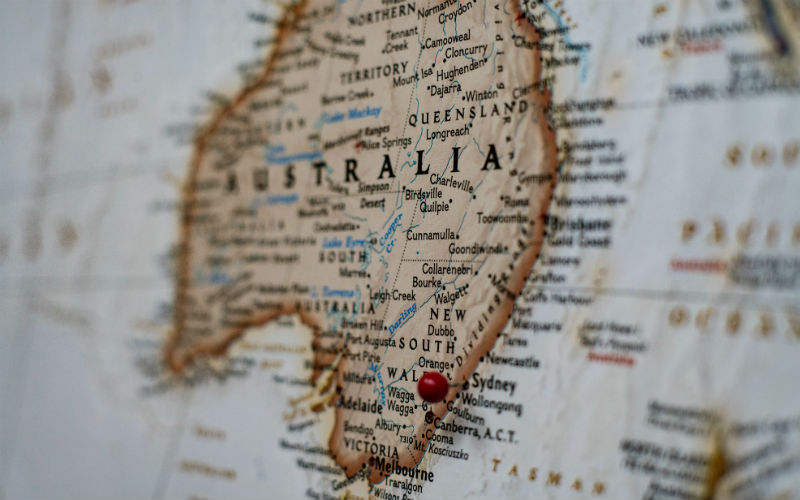The increase in seasonally adjusted unemployment came amid the school holiday period in which more workers tend to take time off, despite the Voice Referendum thought to have led to a bump in short-term employment at polling booths.
At 3.7%, the unemployment rate has recovered its September losses, which saw it fall to 3.6%, and returned to its August level.
This could be partly explained by the rise in participation rate to 67.0%, which means more people are participating in the labour force and looking for work.
“The large increase in employment in October followed a small increase in September of around 8,000 people," Australian Bureau of Statistics (ABS) head of labour statistics Bjorn Jarvis said.
"Looking over the past two months, these increases equate to average employment growth of around 31,000 people a month, which is slightly lower than the average growth of 35,000 people a month since October 2022."
While employment increased by 55,000 people last month, the number of unemployed people also rose by 28,000.
The latest employment read comes on the back of news the Reserve Bank of Australia (RBA) may have to extend the timeline in which it believes it will reach its inflation target.
The central bank has two overarching objectives: Keep inflation between 2% and 3% and maintain full employment.
‘Full employment’ is typically considered to be the highest level of employment that can be sustained without driving inflation upwards. For the RBA this is 4.25%, meaning levels are still inflationary.
When unemployment is low, increased spending typically drives prices higher.
On announcing a 25 basis point cash rate hike at its November meeting, RBA Governor Michele Bullock also revealed the central bank now expects the unemployment rate to peak at 4.25% in late 2024.
That’s lower than its previous forecast of 4.5%.
Meanwhile, it now believes inflation will be at the top of its targeted range by the end of next year.
The latest unemployment figures come on the back of ABS data released yesterday revealing wages rose a record 4% over the year to the September quarter.
Monthly hours worked also lifted by 50 basis points in October.
Though, the annual growth rate of hours worked came in at 1.7%, down from 5% in the middle of the year and lower than the annual employment growth of 3%.
"Compared with the labour market just before the start of the COVID-19 pandemic, the growth in hours worked was still greater than employment, at 10% and 9.2%," Mr Jarvis said.
"However, the gap between them had recently narrowed, having been much higher for most of the period from October 2022 to August 2023.
"The recent slowdown in the growth of hours worked may suggest that the labour market is starting to slow, following a particularly strong period of growth."
Employment figures largely surprise big four banks
Today’s read likely came as a surprise to economists at the majority of the big four banks.
They each tipped unemployment to come in at between 3.5% and 3.7% for the month of October, with ANZ posing the lowest estimate and CommBank offering the highest.
They also tipped much more modest swings in employed versus unemployed people.
“The monthly employment data has been even more volatile than usual in recent months,” NAB senior economist Taylor Nugent said prior to today’s release.
“As a result, updates to trends are more important than the headline employment gain.
“The RBA sees the unemployment rate averaging 3.8% in quarter four [the current quarter].”
|
Increase in employment |
Unemployment rate |
|
|
CommBank |
20,000 |
3.7% |
|
NAB |
30,000 |
3.6% |
|
Westpac |
25,000 |
3.6% |
|
ANZ |
27,000 |
3.5% |
|
Actual |
55,000 | 3.7% |
Image by Annie Spratt on Unsplash.



 Denise Raward
Denise Raward
 Harry O'Sullivan
Harry O'Sullivan




